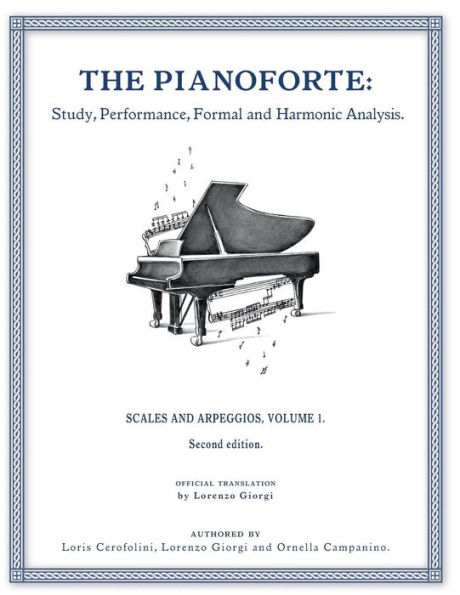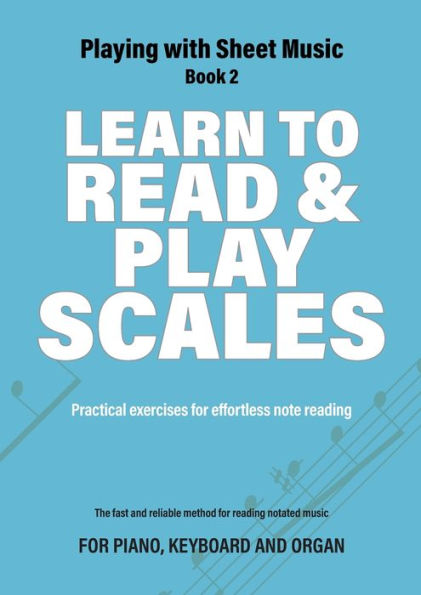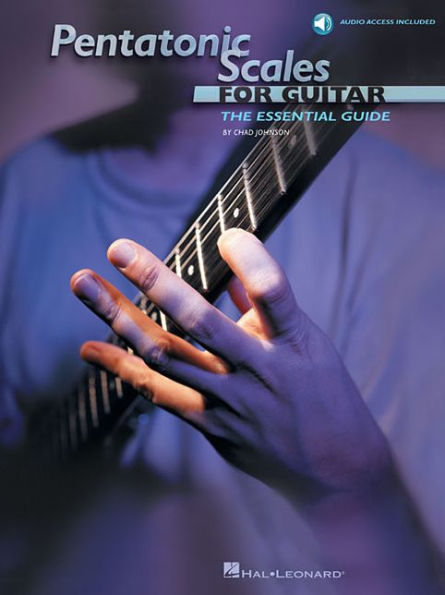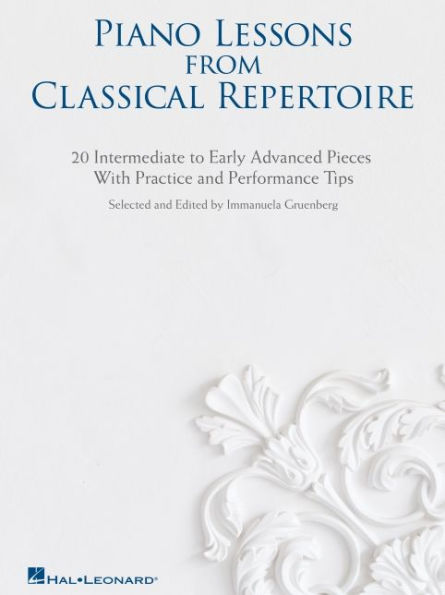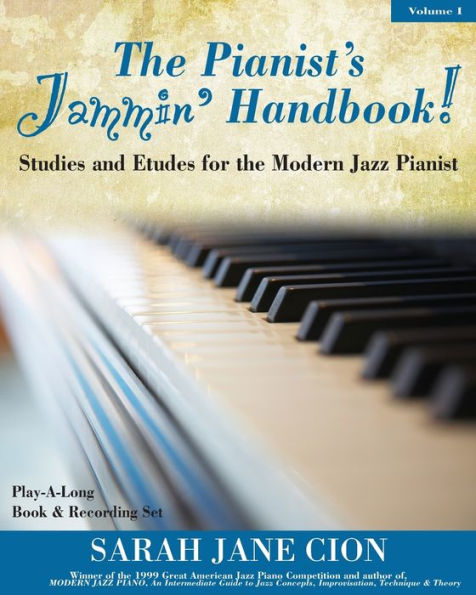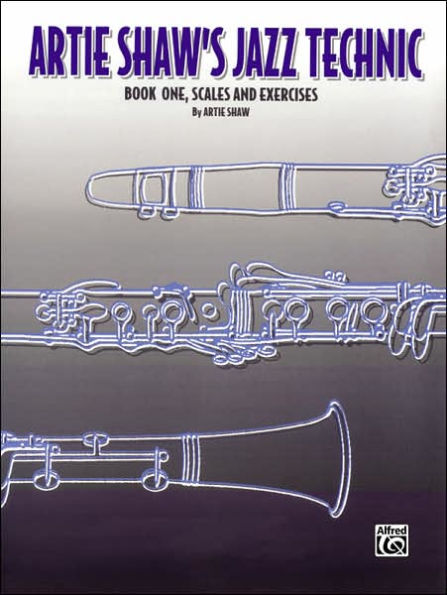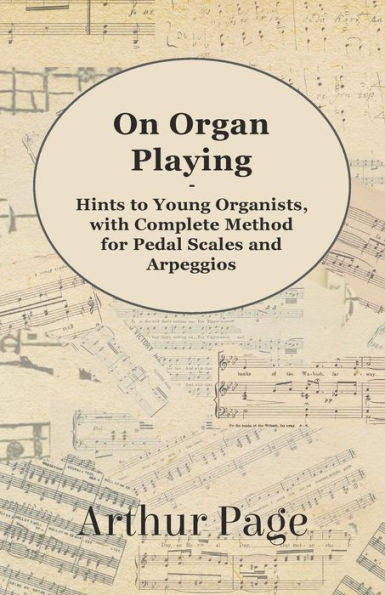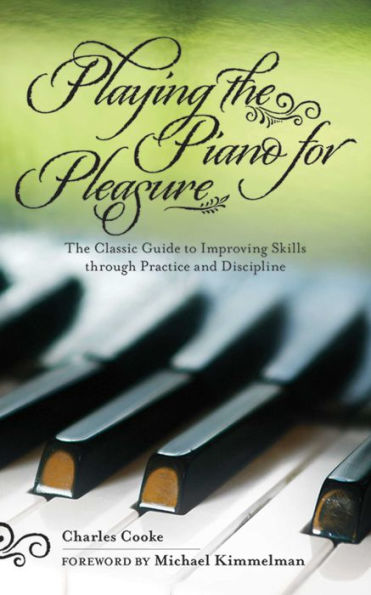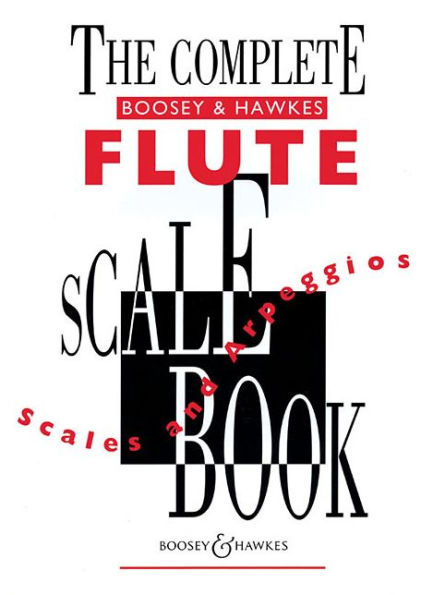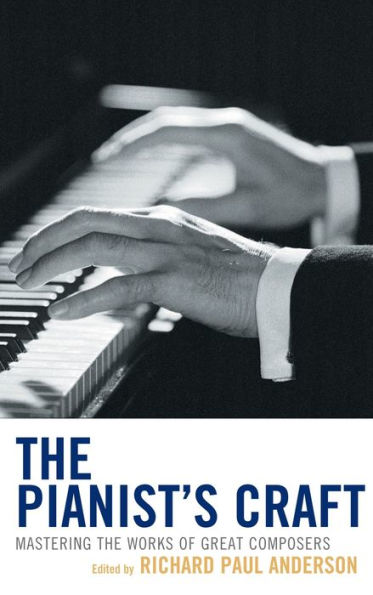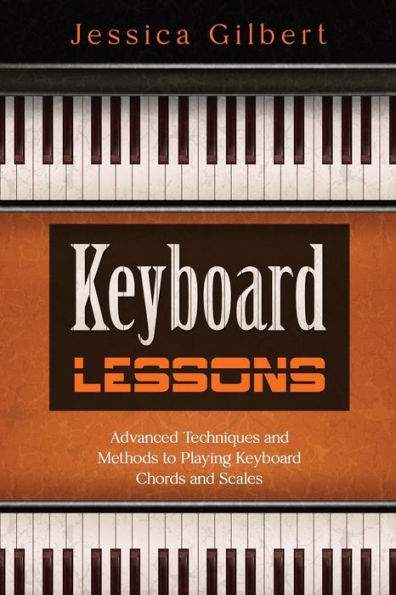Home
The Pianist's Guide to Practical Scales and Arpeggios: As They Occur in Pieces You Want to Play


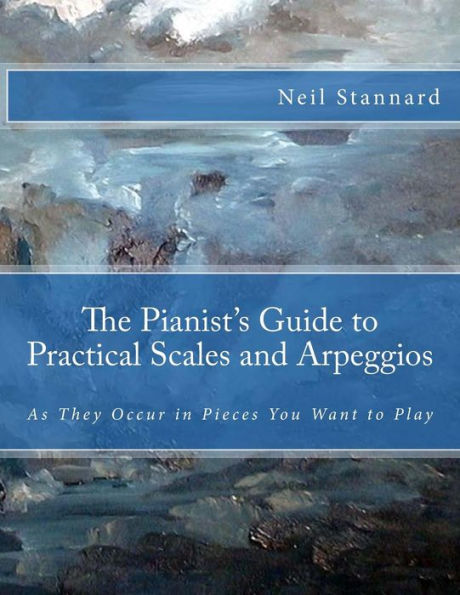
The Pianist's Guide to Practical Scales and Arpeggios: As They Occur in Pieces You Want to Play
Current price: $24.95
Loading Inventory...
Size: OS
Rarely do scales and arpeggios occur in music the way we learn them in books, that is, until now in this book. When we encounter a scale or an arpeggio in a piece of music, we should be prepared to first notice that it is a scale or arpeggio, or part thereof, and consider it on its own terms. Does a particular routined fingering work here? How can we efficiently negotiate its twists and turns? I promise you the scale in your piece will not proceed innocently from G to shining G with a prescribed fingering and no detours. At least, not very often.But, really I hear you ask, are scales and arpeggios a necessary part of our pianistic diet? Well, yes and no. We need to understand the topography of the keyboard and elementary keyboard harmony in order to navigate the keyboard's shoals and depths. Since we propel our hands laterally up and down the keyboard by means of certain navigational tools, of which the thumb is one, how when and where to activate the thumb has always been and remains a primary issue. So a clear feel for the relationships of white to black keys and the appropriate digits for depressing them is essential. Learn the patterns. But do we really need to drill these learned patterns on a daily basis as, for example, in a technical exercise? Once learned and worked-in to the point of being automatic, it is no longer necessary or even desirable to repeat them in their root positions for the purpose of gaining finger "strength" or "agility" or "independence." (If you find this notion intriguing, have a look at Piano Technique Demystified: Insights into Problem Solving, 2nd Edition.") So instead of blindly drilling scales hands together, in rhythms and with varying articulations-or whatever devices we have heard about since childhood-why not practice them as they appear in the music? Here you will find nearly 800 such examples, just waiting to be explored.
